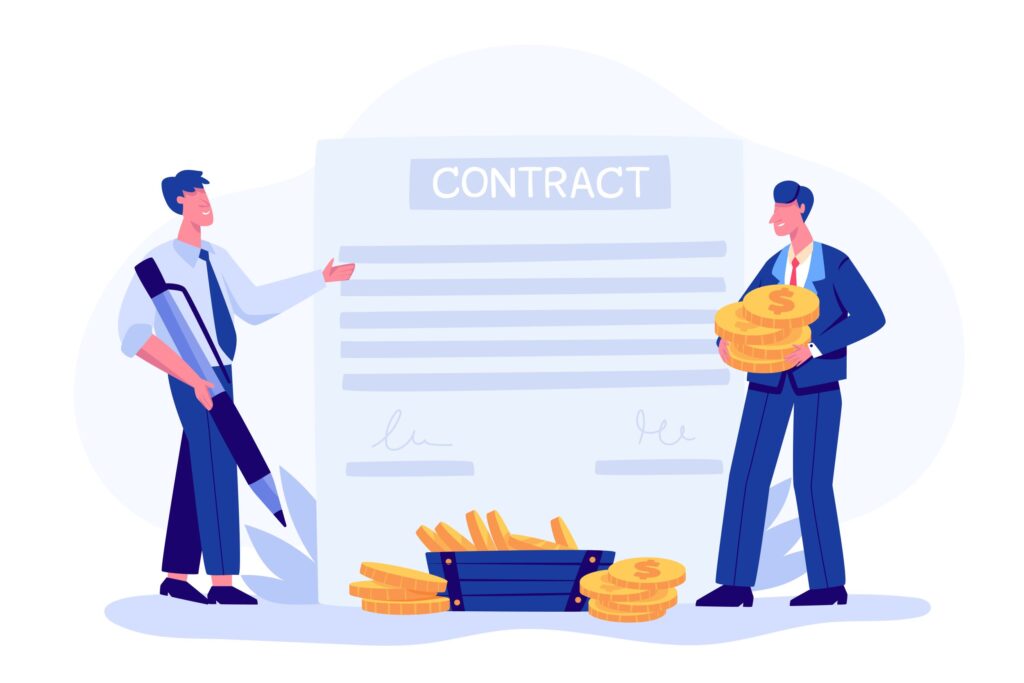Approaching, Understanding and Implementing Legal Settlements
At a time when our civil justice system is plagued by extreme delay, I am grateful to practice law in an area that is well known for its focus on creative and practical problem-solving and settling, as opposed to litigating disputes. There are certainly some labour and employment disputes which simply must be litigated, but the majority of disputes will ultimately be settled.

There are many reasons why settlement is often an attractive option (the delay and cost of litigation, the peace of mind a settlement can bring, and avoiding the disruption and harm that litigation can cause to a business or its reputation …just to name a few) but in this blog we will provide some tips for considering, understanding and implementing legal settlements.
How Long?
Whether you’re an employer or employee, the prospect of entering into a legal dispute is typically unpleasant. Before you take settlement off the table, consider litigation by the numbers:
- 1.5 years is the wait time for a judge to hear a motion over 2 hours in Toronto. This wait time is often the ‘best case scenario’ for litigants and only applies to specific cases;
- 4-5 years is the average time it takes a civil trial to move from beginning to end.
Beyond being required to wait several years for a conclusion, you can also expect to spend several thousand dollars in legal fees.
They want WHAT?!
If you’re engaged in settlement discussions, the chances that this started off as a relatively intense and/or emotional conflict are likely good. It’s easy to understand why you might be upset, angry or frustrated. As an employee, you may have just been terminated after what you see as years of loyal service. On the other hand, employers may be frustrated after receiving a list of demands from an employee who they feel was terminated following years of lacklustre performance.
While it’s almost never pleasant to be on the sending or receiving end of a lengthy demand letter setting out legal entitlements and associated demands, it’s critical that when you approach the negotiation, you leave your emotions aside. Approaching a negotiation by focusing on how frustrated, hurt or angry you are will only serve to distract you from the potential compromise the settlement may represent. Further, it is even more important that you resist the urge to communicate these emotions to the opposing party as this will surely make dealing with them even more difficult.
Legal Entitlements and Reasonable Asks
It’s critical that you approach the settlement understanding that any settlement is meant to avoid having to engage in the lengthy and costly litigation process. As a starting point, educate yourself with respect to what the opposing party may be entitled to should they be required to litigate the matter. For example, in employment disputes, understand what sorts of compensation would be awarded by the judge and for what period of time. Understanding the potential outcome of a court award will help you understand what sort of ‘asks’ are truly reasonable.
What Can You Really Do?
If you’re seriously considering an offer to settle, you must also consider and carefully assess exactly what you can actually deliver. For example, does your business have the necessary funds available to meet a monetary demand or can you meet a demand to extend benefits given the terms and conditions of the group benefits plan? It’s critical that you cross your t’s and dot your i’s to ensure you can actually deliver on what you’ve promised before you actually offer those things up. Once you’ve come to an agreement (congratulations!), make sure to take note and meet any deadlines outlined by the settlement such as a timeline for payment.
Settlement negotiations can be nuanced and it’s work we love to do! Get in touch if you need any assistance.






